One of the many technologies that’s still on the back burner but could contribute to lower fuel consumption and emissions while squeezing a tad more power from petrol engines is water injection. It stirred up a lot of interest back in 2016 when BMW introduced it on the fabulously excessive M4 GTS, but its use in recent years has been confined mainly to more extreme motorsports such as drag racing.
Injecting water into the engine does a number of things. One is that it cools the combustion chamber as well as the incoming air, whereas an intercooler only does the latter. Reducing the temperature inside the combustion chamber reduces the threshold at which detonation (knock) occurs, so it’s possible to run higher boost and more advanced ignition timing before knock threatens. That in turn means more power and increased combustion efficiency.
Another benefit is that cooling things down reduces the generation of the dreaded oxides of nitrogen (NOx), and this is what may drive the technology down the food chain and into more modest cars than the M4 GTS. NOx is created when the nitrogen in the air ingested into the engine is oxidised by the oxygen present in the high combustion temperatures. The same thing happens in both petrol and diesel engines, except the diesel produces more heat inside the combustion chamber because it runs lean (meaning more air) and at a higher compression ratio. Water injection doesn’t work so well for diesels, though, because it generates more soot.

The M4 GTS system was developed by Bosch but is available to other manufacturers, and despite its use on the six-cylinder S55 M4 engine, Bosch says it’s ideal for three and four-cylinder engine applications. As things stand, virtually all turbocharged petrol cars exploit the cooling effect of injected petrol to help lower combustion chamber temperatures. As the fuel evaporates, the temperature drops (it’s called evaporative cooling).

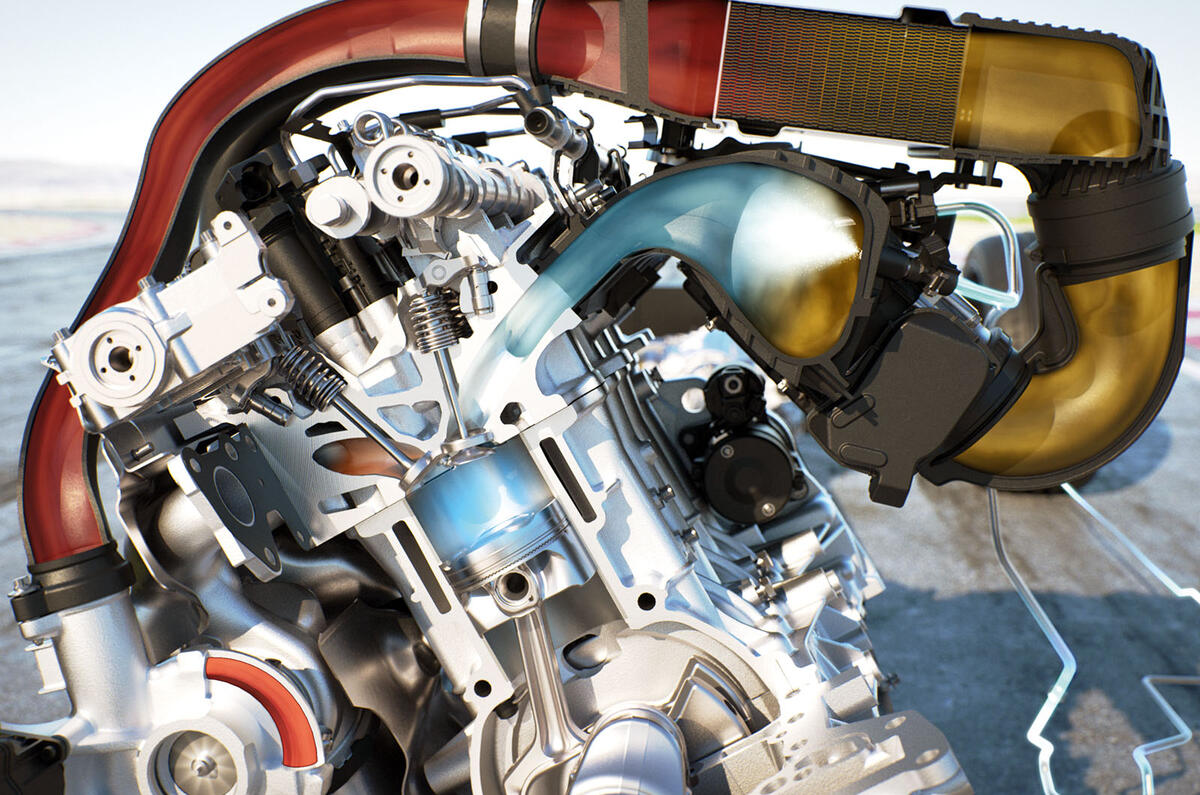

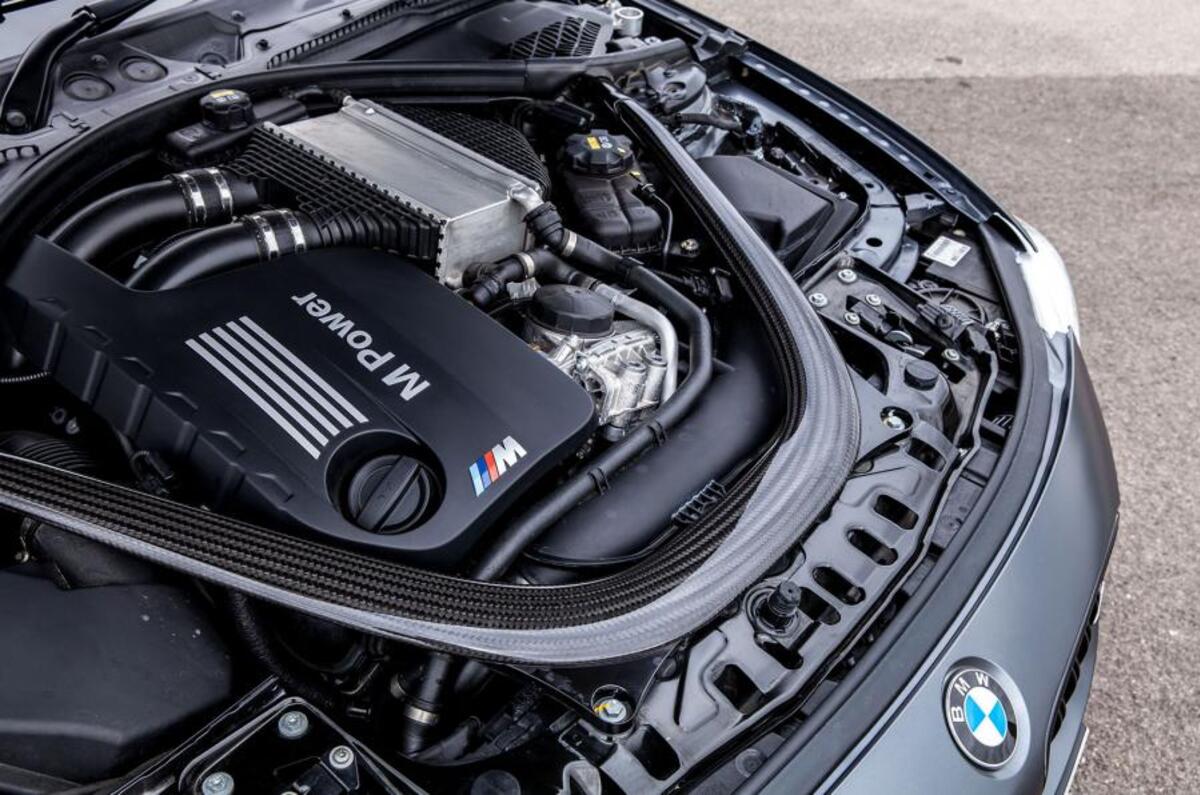


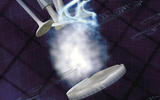
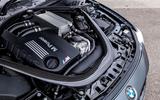


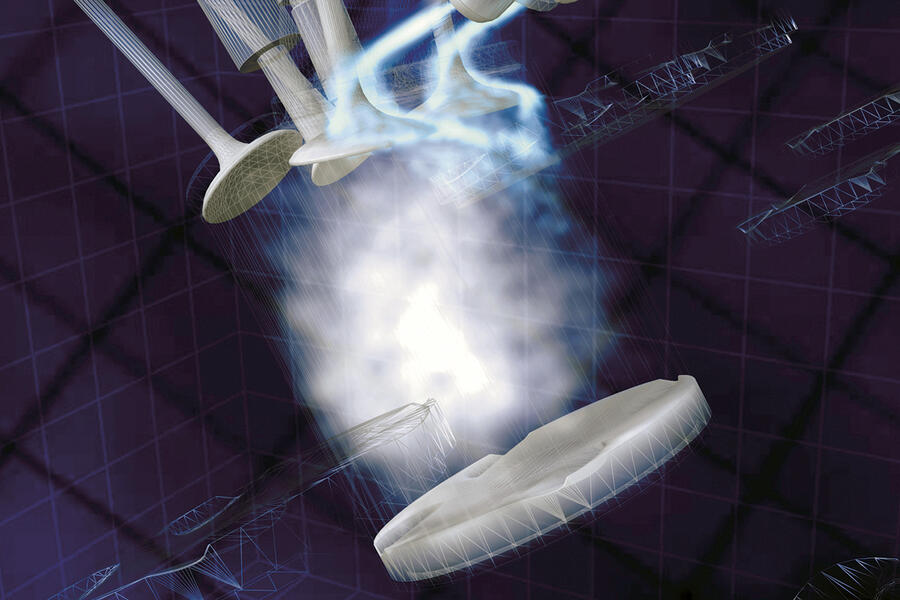


Join the debate
Add your comment
For diesels you use water
For diesels you use water/methanol injection, many tuners do this, if a DPF is fitted it matters not that it generates a little more soot.
This is one expensive dodo
As quirky and left-field as it is, the price is the real deal killer here.
Even a lot less than this will put in a well-specced BMW X3 or X4.
Th DS7 E-Tense is well and truly out of its depth.
Where's the clock
Where's the little 80s digital clock gone?! I like this car a lot, can it run on battery only for a few miles or will the engine always cut in? Would make a decent replacement for our diesel Tucson.